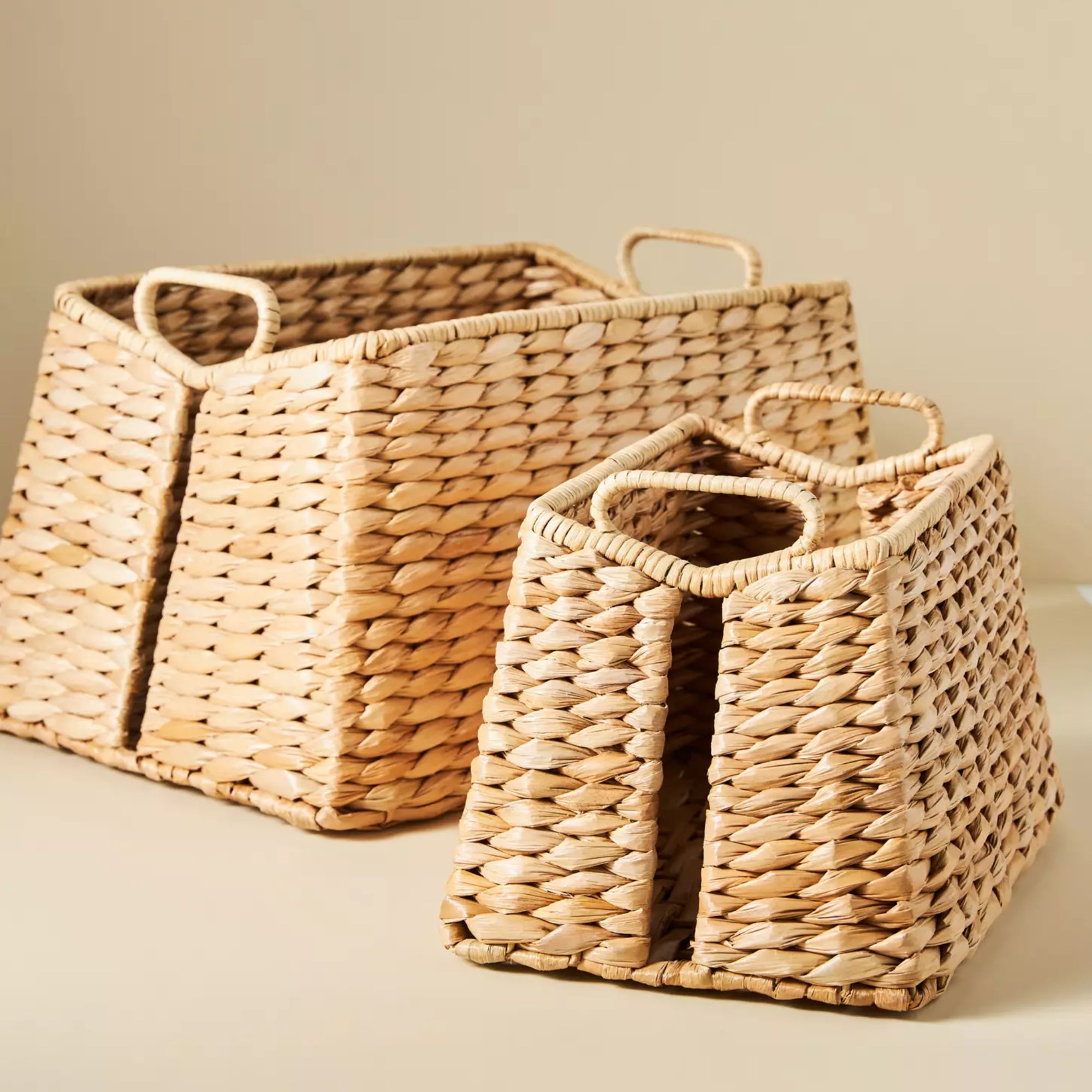This is the bedroom 'closing shift' I do every night to organize my sleep space
'Routines before bed offer practical benefits and are a nurturing part of the day. This can lead to better sleep, orderliness, and peace of mind.'
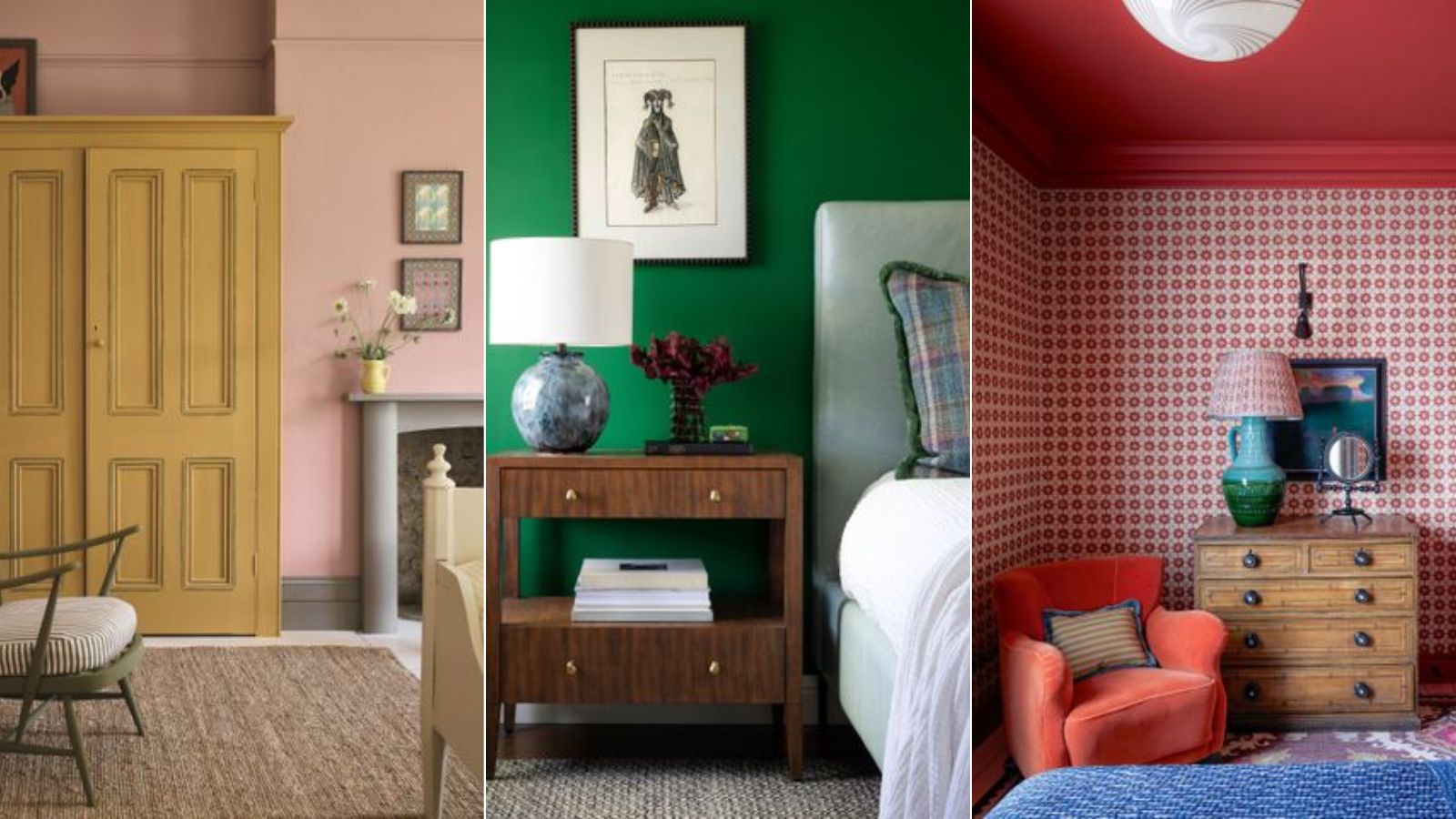

Maintaining a tidy bedroom has always been a challenge for me. Allocating the time to tidy my bedroom felt overwhelming and arduous, but having a disorganized space ultimately created stress for me, which I felt was impacting my sleep, and made my mornings more chaotic.
However, I found as I created a daily 'closing shift' routine for myself – where I set to organizing my bedroom before I slept – this became less of a chore, and instead acted as a transition from the day's activities to a peaceful night's rest, while creating order in my room.
The concept of a 'closing shift' comes from the idea of restaurants, stores, or other spaces where cleaning and organizing in preparation for the next day is an essential task. This idea has swept social media platforms, with millions of people finding this to be a therapeutic way to stay on top of domestic tasks, even if they are strapped for time.
This is the bedroom-specific 'closing shift' routine I do every evening, and the essential cleaning and organizing tasks that I find conducive to a better night's sleep and a more functional and relaxing bedroom space.
My night time bedroom closing shift routine
'The idea is pretty simple. Before going to sleep, you tidy up your bedroom,' explains Niklas Göke, certified life and habit coach, and founder of Four Minute Books.
'Straightening up helps you relax after a long day. It also means your home is neater. This then helps you sleep better and wake up easier.'
John Mike, founder, and CEO of Tech Profet adds, 'Taking those few minutes can help your morning go smoother. It turns what can feel like a chore into more of a nice routine you feel good doing.
'It's not just about cleaning either; it's creating order so you feel ready for what's ahead. With everything demanding our attention nowadays, a neat space can cut down on worries and help you focus better.'
1. Set the mood

The first step I always take before beginning my closing shift is setting the mood in my room.
Although this is not related to cleaning or organizing, it makes this routine something I can relax into and enjoy, and when I've completed it I seamlessly transition into getting into bed with an already ambient space.
'Dimming lights and listening to calm music while cleaning can help you unwind,' explains Niklas Göke.
Whether you want to create a routine of lighting some incense, safely using a candle, putting on LED or string lights, or playing some music or television, create a space that you enjoy to enhance this experience (while still ensuring you can see the task at hand).
2. Hide and file work possessions
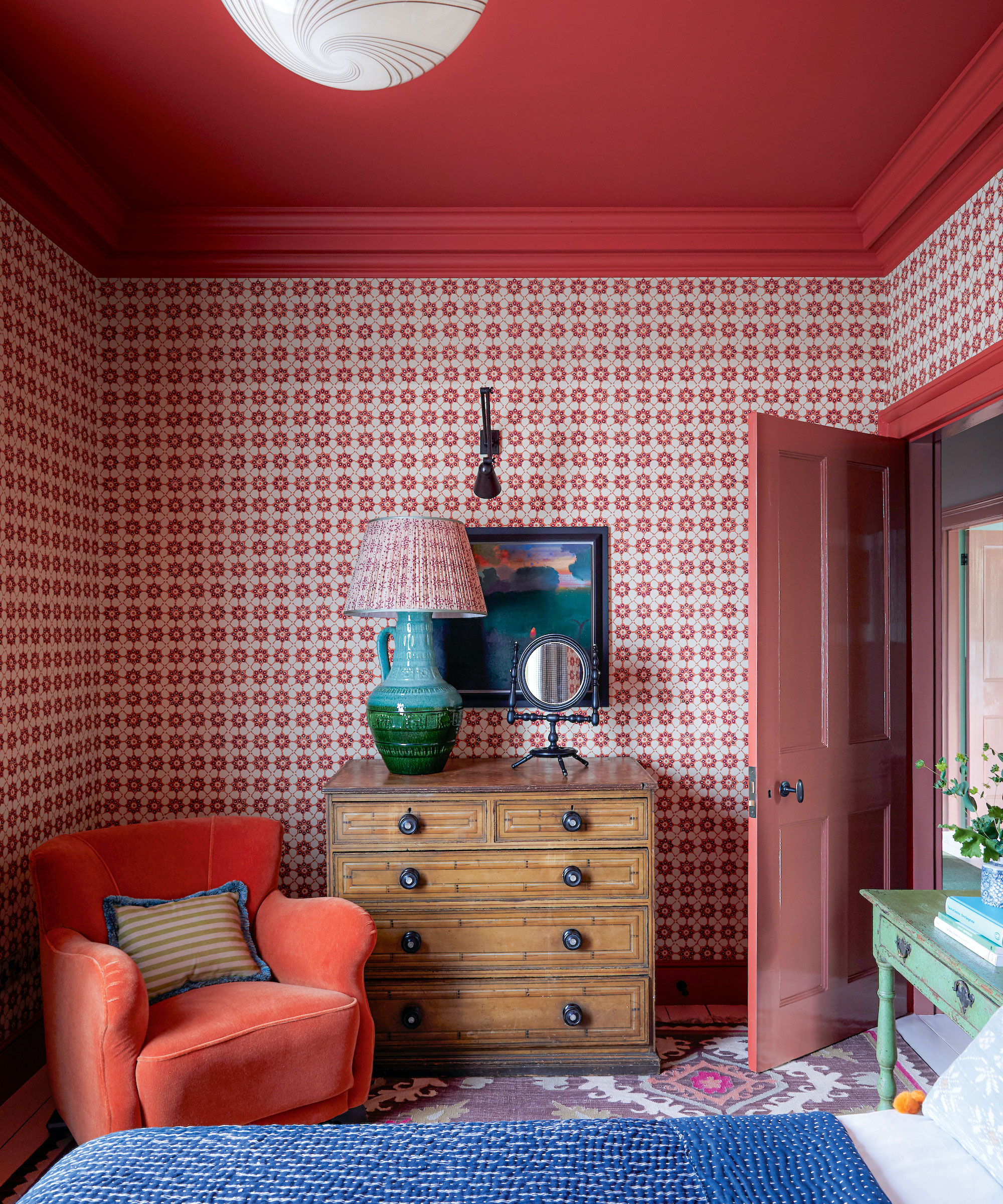
'Combining workspaces with sleep environments can be challenging,' says interior designer and founder of Kaiko Design Interiors, Nicholas Kaiko. 'An overflowing work desk introduces visual noise and can be a source of stress, and reminding us of pending tasks or responsibilities.
'This blend can affect the quality of sleep and relaxation, and lead us to associate the bedroom with work-related stress.' And with so many people working from their bedrooms (me being one of them), this task shouldn't be overlooked.
Take the time to organize your desk, any paperwork, or digital files to make starting work the next day more seamless.
This may be easier with a filing system – such as this Oterri file box, from Amazon – which can easily be integrated into your bed storage to be kept out of sight.
3. Reorganize and clean the bedside table
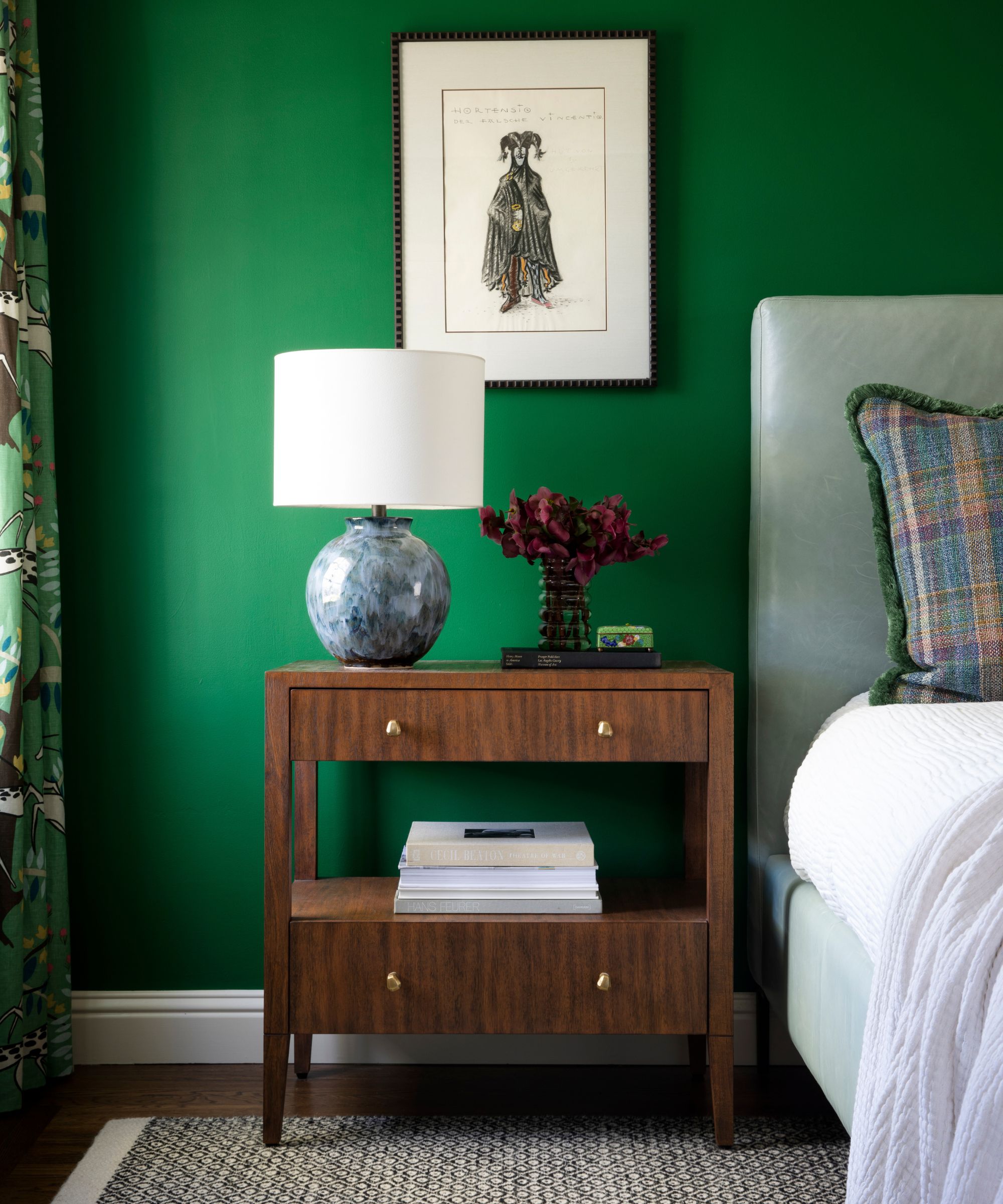
Keeping your bedside table organized is essential for a serene and functional bedroom, so the next thing I always do is clear the assortment of items that seem to inevitably end up cluttering my bedside table, including glasses and mugs, beauty products, and anything else.
'It's crucial to ensure the final glimpse of the day is clutter-free and positive, creating the ideal environment for restful sleep and the bedside table is usually the last thing you see before getting some shut-eye,' advises Andrea Perchotte, home wellness educator at Exploring Wellness.
'Items cluttering your bedside table that are affecting your sleep and need to have their bedside table privileges revoked are those that can trigger negative emotions, such as anxiety-inducing paperwork, objects associated with guilt, such as dusty decorations, or sources of frustration, such as misplaced jewelry.'
Since tables are one of the dirtiest places in a bedroom due to their frequency of use and proximity to your bed, I always make sure to spray and wipe mine. I do this with non-toxic unscented cleaning products, ensuring that when I sleep I'm not inhaling chemical fumes. I often use this SuperGreen cleaner, from Walmart.
I then reorganize my bedside table, removing items that shouldn't be stored in my bedroom to their intended spot in my home.
4. Neatly store excess blankets and pillows
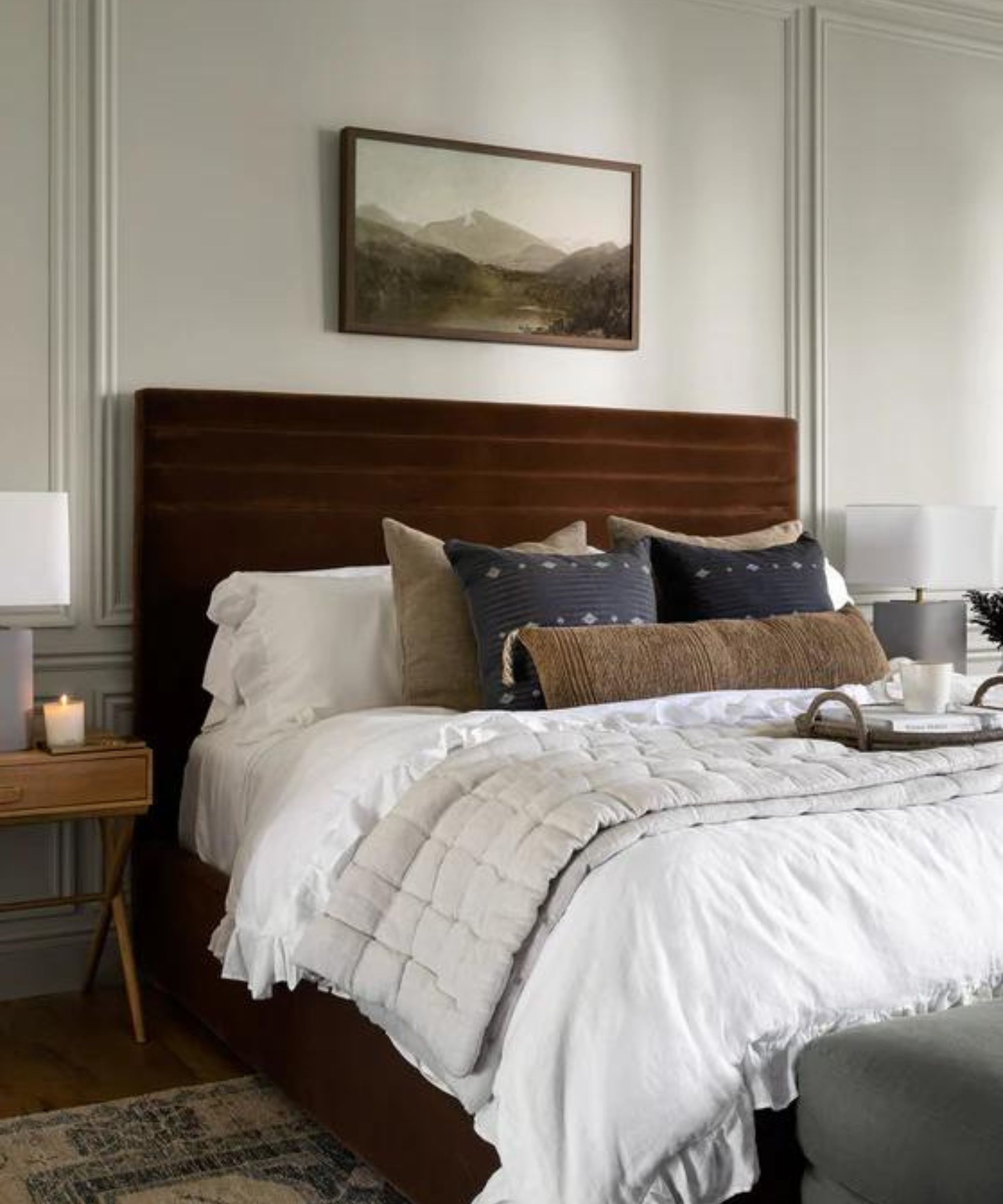
While you may be a fan of minimalist, monastic bedmaking and have the bare essential pillows or blankets on your bed, if you are someone who has a veritable mountain of plush accessories covering your bed during the day that you don't sleep with, finding a place to neatly store them overnight will make your bedroom neater in the morning, while keeping them clean.
Although it is easy to chuck these on the floor beside your bed, there is an art to bed-unmaking, as I like to call it, which can be equally as important as making your bed in the morning.
I use a basket I keep under my bed to store my excess pillows and blankets overnight, however, using a platform, such as a chair, where they are neatly folded and stored can be just as efficient, but perhaps less hygienic. Alternatively, I always recommend using a storage ottoman if you have one in your room.
5. Use a fragrant spray on the bed
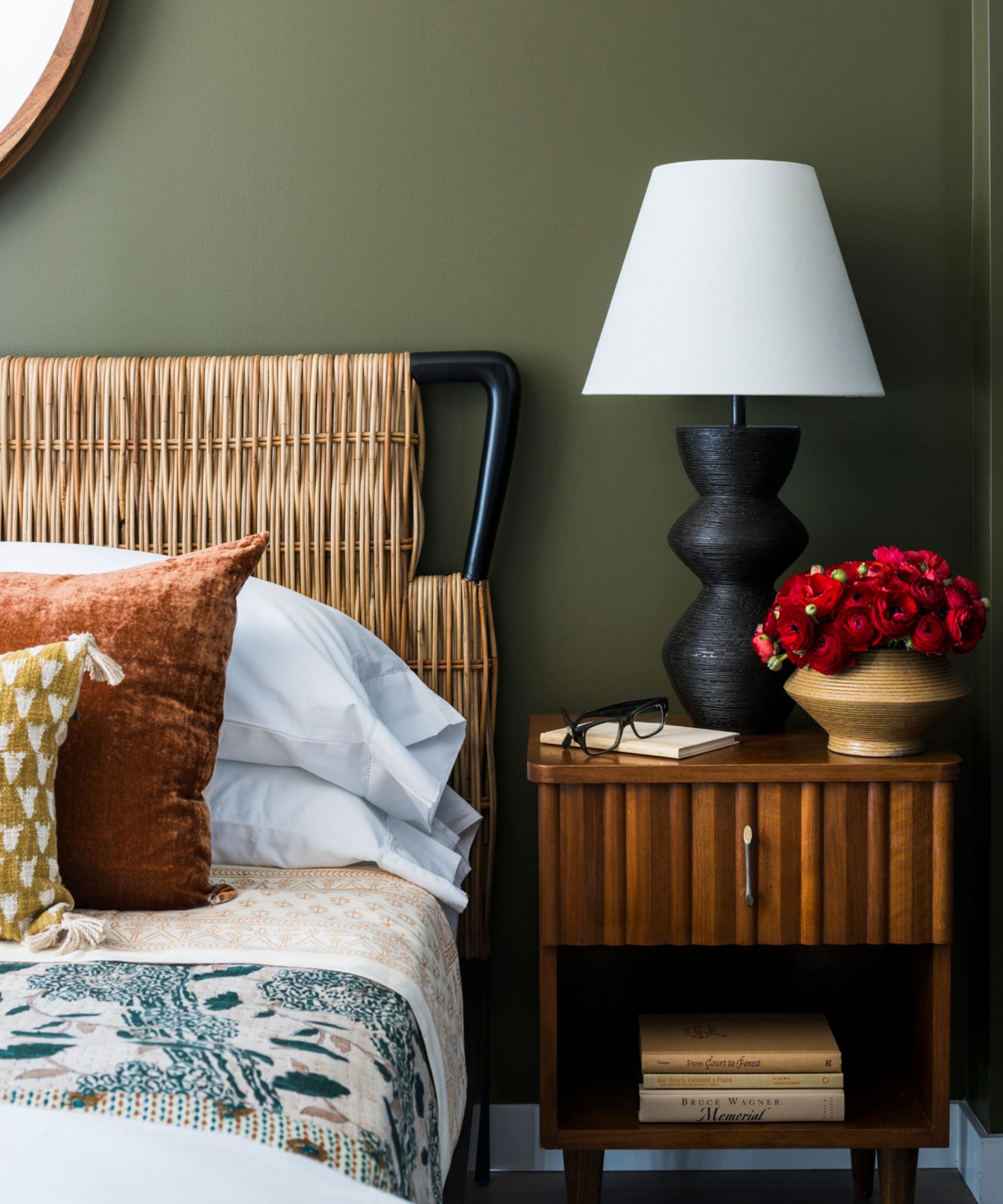
One of my favorite nighttime routines, before getting into bed is spritzing my bed lightly with my lavender fragrance spray to make the sheets feel fresh and inviting.
Lavender oil is proven to improve sleep quality and promote relaxation. I use the This Works deep sleep pillow spray, from Anthropologie, however, you can easily make your own lavender spray, or add a personalized fragrance to your sheets that appeals to you.
6. Put away laundry
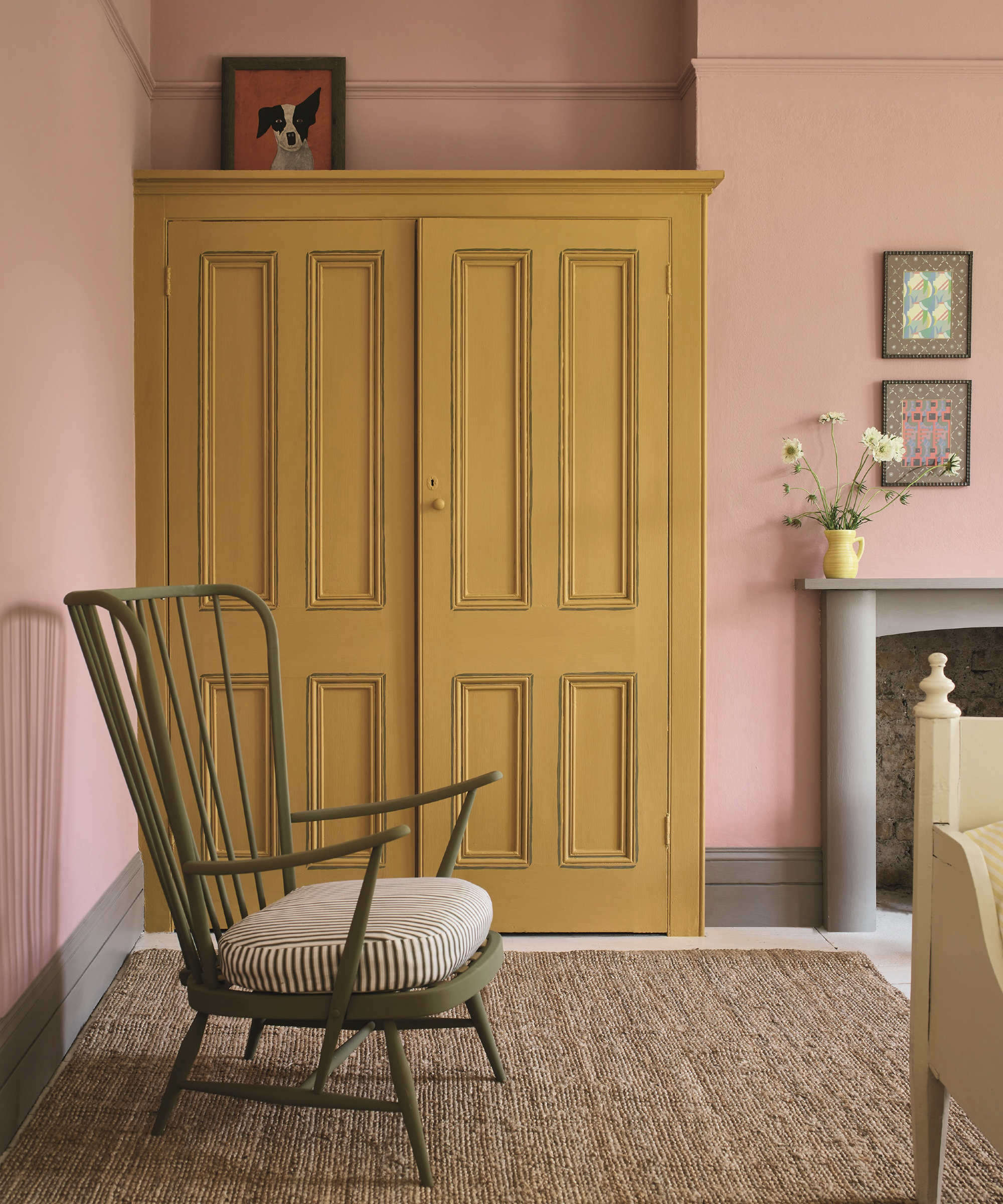
Tidying away clean laundry is one of the most impactful tasks that makes my room feel reset and tidy the next morning while ensuring I can easily locate my clothes for the next day, so this is always a step I recommend.
In my bedroom, I keep a basket by my door, which is also next to my drawers, in which I store all my clean laundry that I haven't had time to immediately store away. This prevents me from covering the floor or taking up desk space with clean clothes and also makes it easy to transfer laundry across the room to my wardrobe to make putting clothes away a quick process.
7. Plant maintenance
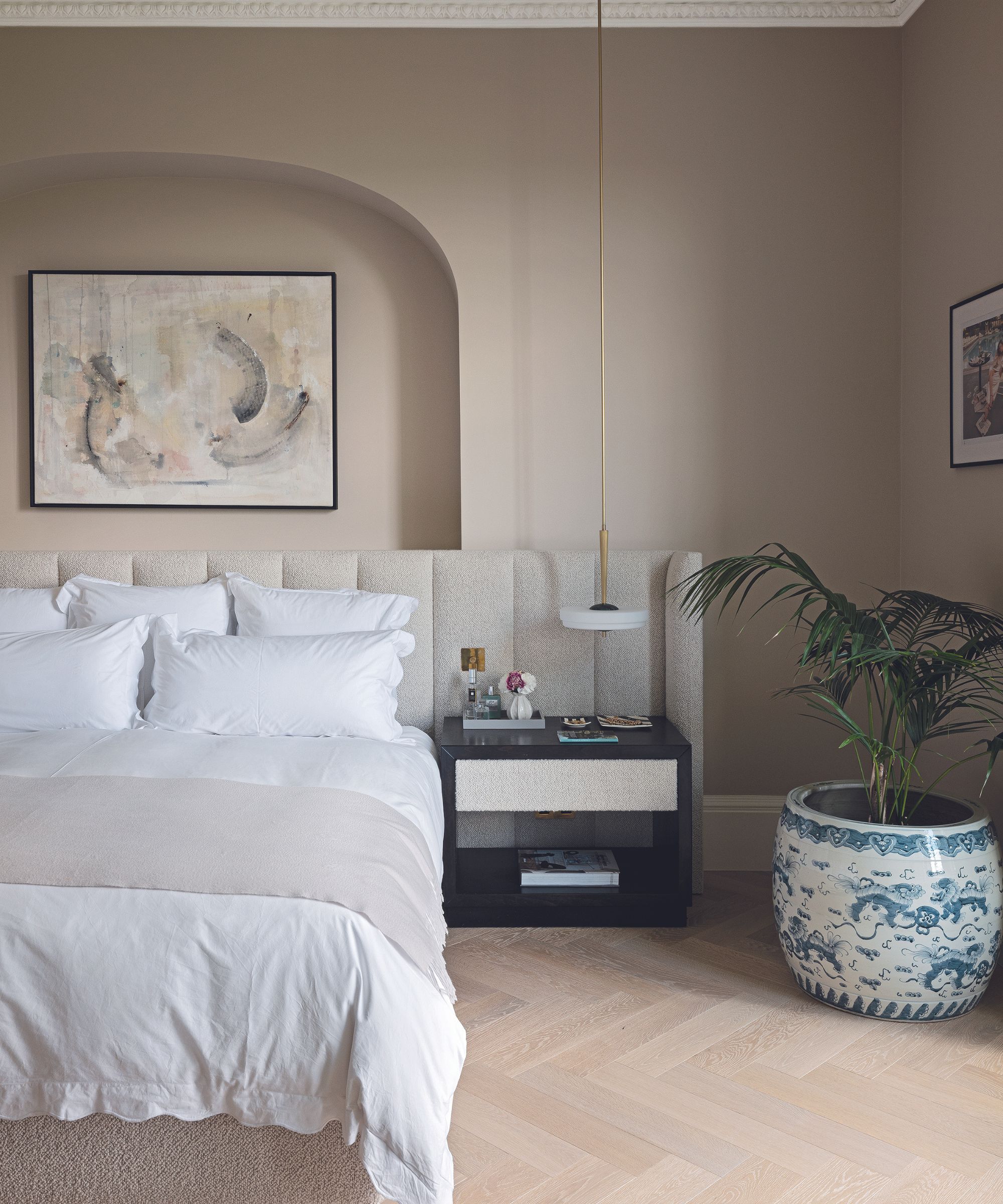
Finally, I set aside a minute or two to check on my bedroom plants, feeling their soil to see if they need watering, cleaning any fallen plant debris, removing dead leaves, and cleaning the houseplant leaves by wiping away any dust.
I use a spray bottle full of water to moisten the leaves to make it easier to delicately wipe the dust from them. Removing dust ensures my indoor plants receive the maximum sunlight the next day, keeping them healthy.
FAQs
What's the best way to approach the 'closing shift' for a night cleaning routine?
'Cleaning is generally about consistency and planning. When doing so, you may want to take a look around and evaluate what tasks need to be done every night to make the morning easier,' advises Kerry Sherrin at Ownerly.
'Make a workable checklist for the night and try to stick to it. Work on what you can at night and follow through with the other tasks in the morning – this will help you have a clean space without stressing yourself out.'
'In the end, closing shift cleaning isn't a fad. It reflects a broader move to incorporate simple practices for well-being,' says Niklas Göke. 'Routines with quick cleaning tasks before bed offer practical benefits and are a nurturing part of the day. This can lead to better sleep, orderliness, and peace of mind.'
Additionally, you could always try to incorporate 'opening shifts' into your morning routines, spending five to ten minutes making the bed and cleaning up after your other morning routines, for example putting your night clothes away and tidying makeup.
Sign up to the Homes & Gardens newsletter
Design expertise in your inbox – from inspiring decorating ideas and beautiful celebrity homes to practical gardening advice and shopping round-ups.

Lola Houlton is a news writer for Homes & Gardens. She has been writing content for Future PLC for the past six years, in particular Homes & Gardens, Real Homes and GardeningEtc. She writes on a broad range of subjects, including practical household advice, recipe articles, and product reviews, working closely with experts in their fields to cover everything from heating to home organization through to house plants. Lola is a graduate, who completed her degree in Psychology at the University of Sussex. She has also spent some time working at the BBC.
-
 I’m an HVAC technician, and this is when I turn my AC on each year – plus 5 checks I always do beforehand
I’m an HVAC technician, and this is when I turn my AC on each year – plus 5 checks I always do beforehandSave yourself an AC hassle by running my checks and turning it on before big heat hits
By Josh Mitchell Published
-
 This simple marble hack elevates my budget-friendly wooden kitchen countertops and prevents the dreaded water damage for way less than you’d think
This simple marble hack elevates my budget-friendly wooden kitchen countertops and prevents the dreaded water damage for way less than you’d thinkThis design trick looks expensive, solves a problem, and was the easiest decision I made during my kitchen reno
By Charlotte Olby Published
